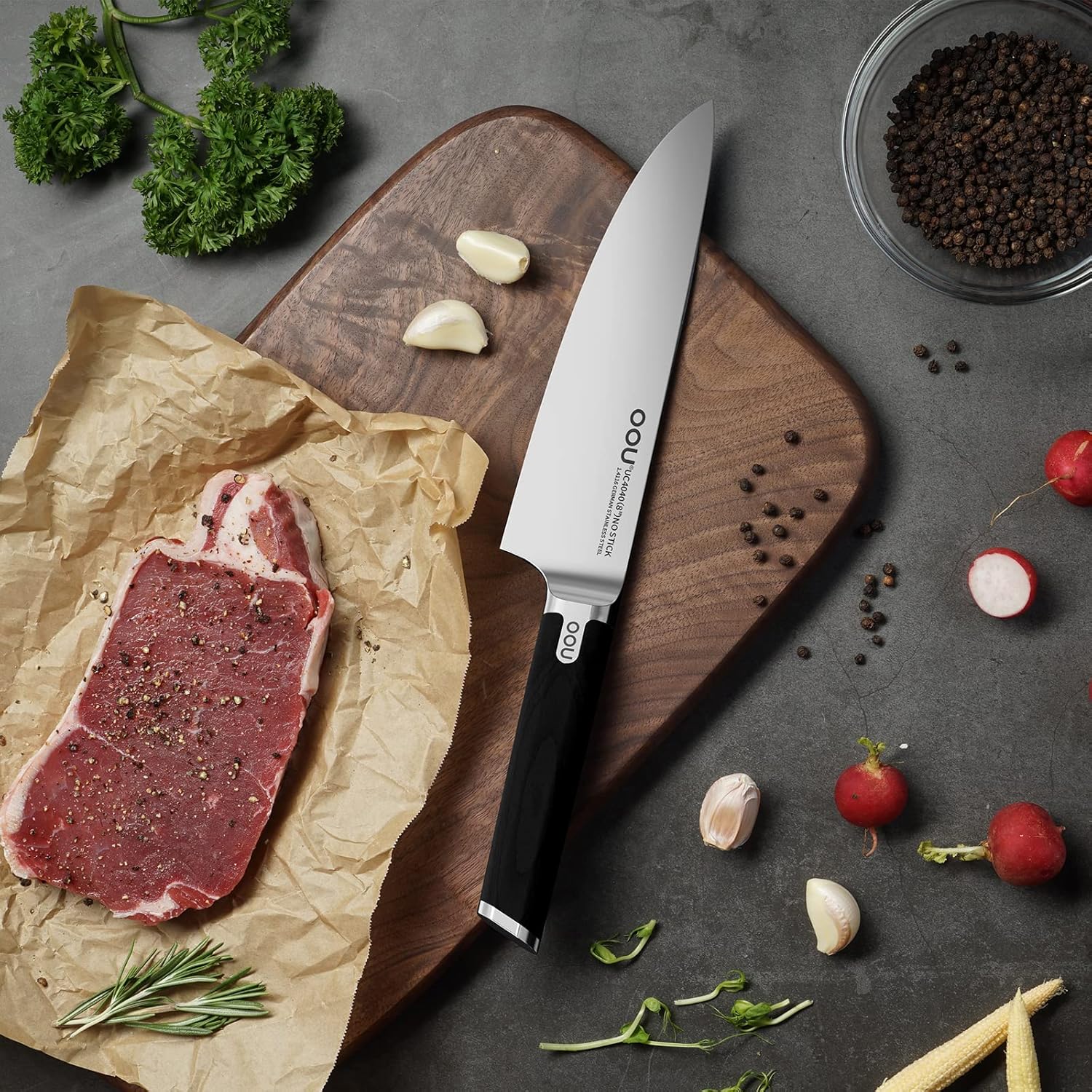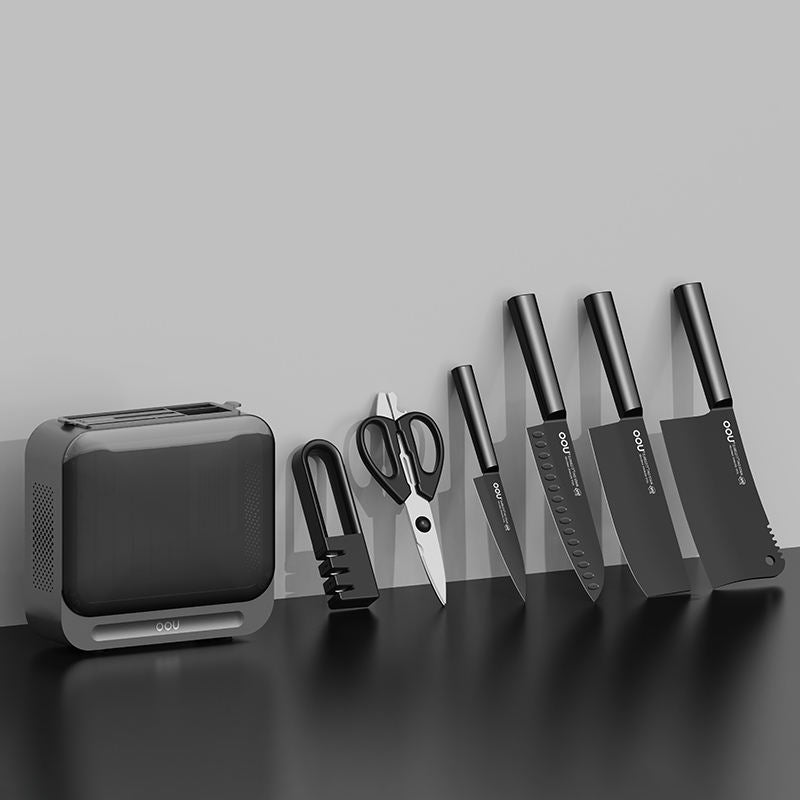Introduction
Investing in high-quality kitchen knives means nothing if they aren’t properly cared for. With the right habits, your knives can last decades. Here’s a complete guide to keeping your knives in top condition for the long haul.
1. The Science Behind Knife Durability
Different knives require different levels of maintenance.
-
Stainless Steel Knives – Corrosion-resistant but require frequent honing.
-
High-Carbon Steel Knives – Stay sharp longer but are prone to rust.
-
Damascus Steel Knives – Premium quality, requiring careful upkeep.
A study by the American Society for Testing and Materials (ASTM) found that high-carbon steel knives hold their edge up to 2x longer than stainless steel.
2. Best Practices for Knife Longevity
✅ Keep your knife dry: Always dry immediately after washing.
✅ Use the right cutting board: Stick to wood or bamboo to protect the blade.
✅ Sharpen regularly: Whetstones provide the best edge retention.
✅ Store properly: Use a knife block or magnetic strip.
Cook’s Illustrated states that storing knives in a drawer shortens their lifespan by increasing chipping risk.
3. How Often Should You Replace Your Knives?
With proper maintenance, a quality knife can last over 10 years. Signs you may need a new knife include:
-
Excessive chipping despite sharpening.
-
Rust that won’t come off even with proper cleaning.
-
Handle damage affecting grip and safety.
A well-maintained knife is a lifetime investment. By following these steps, your knives will stay sharp, durable, and safe for years to come.
Conclusion
Proper knife maintenance doesn’t just extend the life of your knives—it enhances your entire cooking experience. By keeping your blades sharp, clean, and properly stored, you ensure precision, safety, and efficiency in the kitchen.
For high-quality kitchen knives designed for durability, explore our collection at OOU!



